Cheese On A Renal Diet
You're navigating life with chronic kidney disease (CKD), and you have probably heard that diet plays a key role in your journey. You're aware that high-protein foods (why low protein diet in kidney disease) may need to be avoided and cheese fits the bill.
But wait! Cheese also packs sodium, phosphorus, and potassium - all of which you need to control. So what's the solution? Choosing the right cheese can make all the difference.
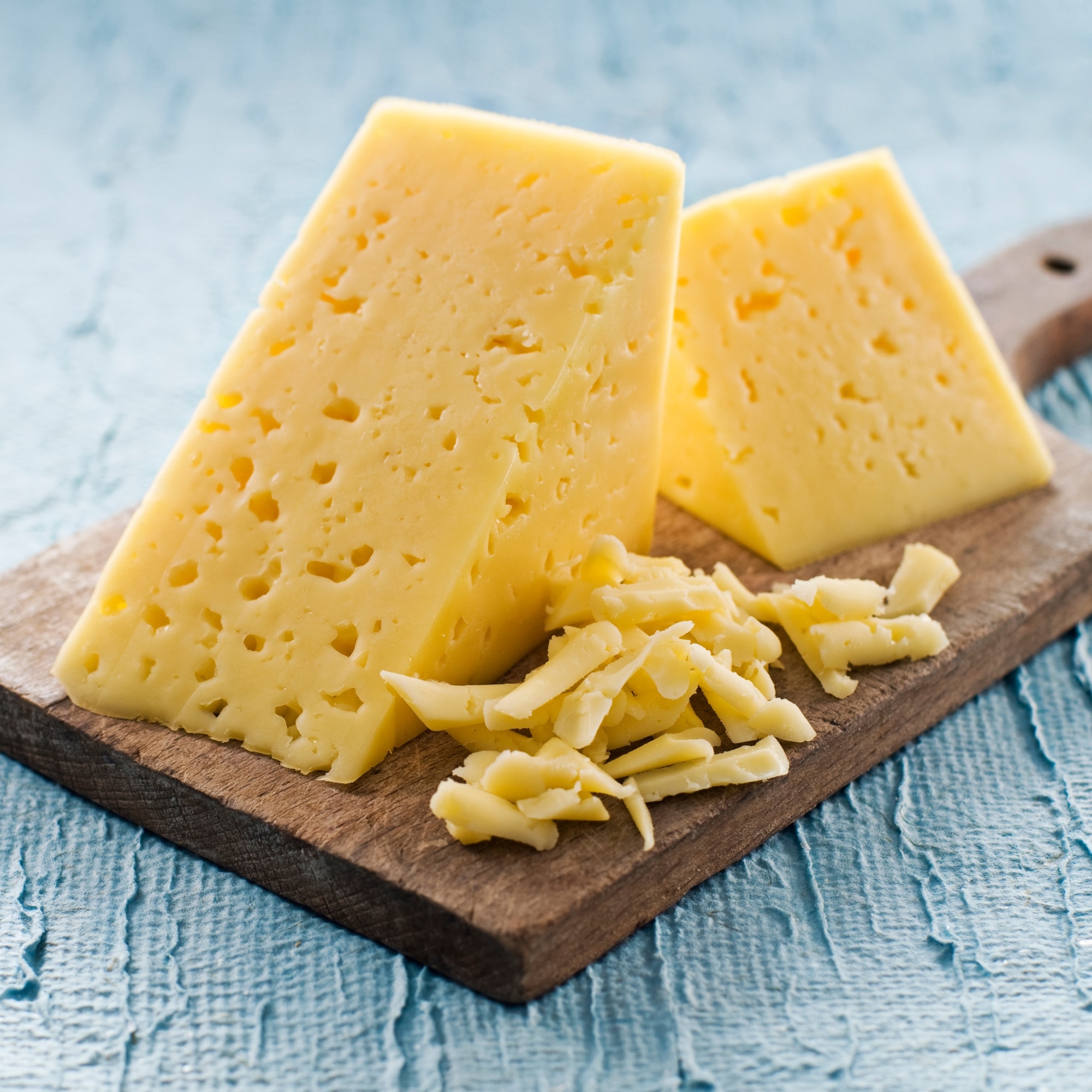
Low-sodium options like Cheddar cheese or Mozzarella cheese might be your new go-to snacks. But remember to always check for added phosphates on the ingredient lists.
Let's explore how making wise cheese choices can help maintain balanced protein levels and slow down kidney disease progression.
Jump to:
- Key Takeaways
- Understanding Your Kidney Diet Prescription
- Limiting Cheese and Dairy Products
- Low Phosphorus Cheese
- The Importance of Protein Restriction in Kidney Health
- Portion Control in Kidney Disease
- The Importance of Measuring Your Food Intake
- Limiting Sodium in Your CKD Diet
- Frequently Asked Questions
- Moderate Cheese Intake Is Possible While on a CKD Diet
Key Takeaways
- Cheese should be consumed in moderation for CKD patients due to its high protein and phosphorus content.
- Reduced-sodium cheese options may be more suitable for CKD patients.
- CKD patients should monitor their phosphorus levels and choose cheeses with lower phosphorus content to prevent complications.
For More Recipes and Ideas --->> Get Your Free Meals and Recipes That Are Perfect for Pre-Dialysis Diets, Pre-Dialysis with Diabetes, or Dialysis Diets.
Understanding Your Kidney Diet Prescription
Understanding your kidney diet prescription is crucial when it comes to choosing cheese for chronic kidney (CKD) patients. This knowledge can significantly impact the progression of the disease and ensure that you're making choices that align with your special diet needs.
The basis for choosing suitable cheese options for people with kidney disease rests on several factors such as protein recommendations, phosphorus management, and sodium restrictions.
Different stages of CKD require unique dietary adjustments, so being knowledgeable about these adjustments is vital.
If you are in late-stage CKD or on dialysis, then you should probably worry about how much phosphorus you are drinking or eating. Your doctor will tell you when you need to start working on limiting phosphorus as well as other minerals.
Limiting Cheese and Dairy Products
In terms of protein guidelines, some cheeses provide a significant amount, so it's important to balance this within your daily allowance.
Individuals with kidney disease should also be careful with dairy products because many contain large amounts of phosphorus. Diseased kidneys have difficulty processing phosphorous, and this is why you should consider opting for low-phosphorus varieties like cream cheese or ricotta cheese.
High levels of phosphorus can pull calcium out of bones, which makes them weak. When bones release calcium, they become deficient, creating bone deterioration which causes them to become brittle, and susceptible to fracture. In addition, some of the released calcium may deposit in your heart or your blood vessels, which causes heart disease.
If this happens, it may be recommended to take phosphate binders to help lower your phosphorus blood level. Your healthcare provider may also recommend calcium supplements.
Sodium restrictions are another factor in selecting cheeses. High sodium levels can cause fluid build-up or high blood pressure, which has been shown to cause further damage to your kidneys.
By understanding these aspects thoroughly and coordinating with a kidney dietitian regularly, you'll be well-equipped to make kidney-friendly choices that don't compromise on flavor or nutrition.

Low Phosphorus Cheese
You might be surprised to hear that dairy foods top the list of high phosphorus foods. If you're a milk and cheese lover, this might sound ominous, but the fact is, there are many dairy products that you can still enjoy. You just have to pick the right ones, in the right amounts.
Generally speaking, 800-1000 mg of phosphorous a day is a good range for kidney patients. Of course, this varies per individual, and you should always follow your doctor's and renal dietitian's advice for your particular situation. If you are only dialysis, you will have to limit yourself to only one ounce of cheese per day.
Here are some of the low-phosphorus cheese options (less than 110 mg per serving):
- Brie cheese (1 oz)
- Cream Cheese (2 Tbsp)
- Feta Cheese (1 oz)
- Grated Parmesan Cheese (2 Tbsp)
- Mozzarella cheese (1 oz)
If you want more choices, these are moderately high in phosphorous (110-160 mg per serving), so you'll have to watch your totals:
- Cheddar Cheese (1 oz)
- Cottage Cheese (½ cup)
- Fat-free cream cheese (2 Tbsp)
- Provolone Cheese (1 oz)
- Ricotta Cheese (½ cup)
Be sure to check nutrition labels on these products to see what's hidden that could be bad for your kidneys.
Can't find potassium and phosphorous listed? That's a common problem, since, unfortunately, those are two ingredients that food manufacturers aren't required to spell out. You can check out the listings of phosphorus and potassium amounts in foods using our quick guide: Potassium and Phosphorus Lists
The Importance of Protein Restriction in Kidney Health
Protein restriction is essential in kidney health because the kidneys filter waste products from the blood, and protein breakdown creates a lot of waste products that the kidneys need to remove. Additionally, high protein intake can actually cause intra-glomerular hypertension leading to kidney damage.
Therefore, reducing protein intake can help reduce the workload on the kidneys and slow the progression of kidney disease. However, it is essential to balance the reduction in protein intake with adequate energy and nutrient intake.
It's important to work with a registered dietitian to determine the appropriate amount of protein for your individual needs and to identify low-protein alternatives to high-protein foods like cheese. They can also provide guidance on how to balance your diet with other nutrients, such as carbohydrates and fats, to maintain adequate energy and nutrient intake while reducing protein intake.
Portion Control in Kidney Disease
Portion control of cheese is crucial for people with kidney disease because cheese is a high-protein, high-phosphorus, and high-sodium food. Excessive intake of these nutrients can cause complications such as bone disease, heart disease, and high blood pressure (high blood pressure and kidney disease).
Here are some tips for practicing portion control of cheese:
- Use a food scale to measure your cheese portions accurately. The recommended serving size of cheese is 1 ounce, which is equivalent to about one slice or a small handful of shredded cheese.
- Choose low-phosphorus cheese options like cream cheese, Parmesan cheese, and feta cheese instead of high-phosphorus cheese options like cheddar or cottage cheese.
- Be mindful of the total amount of cheese you consume throughout the day. If you have already consumed a significant amount of high-protein foods, consider reducing your portions of cheese or skipping them altogether.
- Consider using cheese as a flavoring or garnish rather than a primary ingredient. For instance, you can sprinkle a small amount of shredded cheese on top of a salad or use a small amount of grated cheese to flavor a dish.
- Experiment with different types of cheese to add variety to your diet. Try using lower-fat cheese options like part-skim mozzarella or reduced-fat cheddar cheese.
It's essential to work with a registered dietitian to develop a meal plan that meets your specific nutritional needs and preferences. They can help you determine appropriate portion sizes for cheese and other high-protein foods, as well as provide guidance on how to read food labels and make healthy choices when eating out.
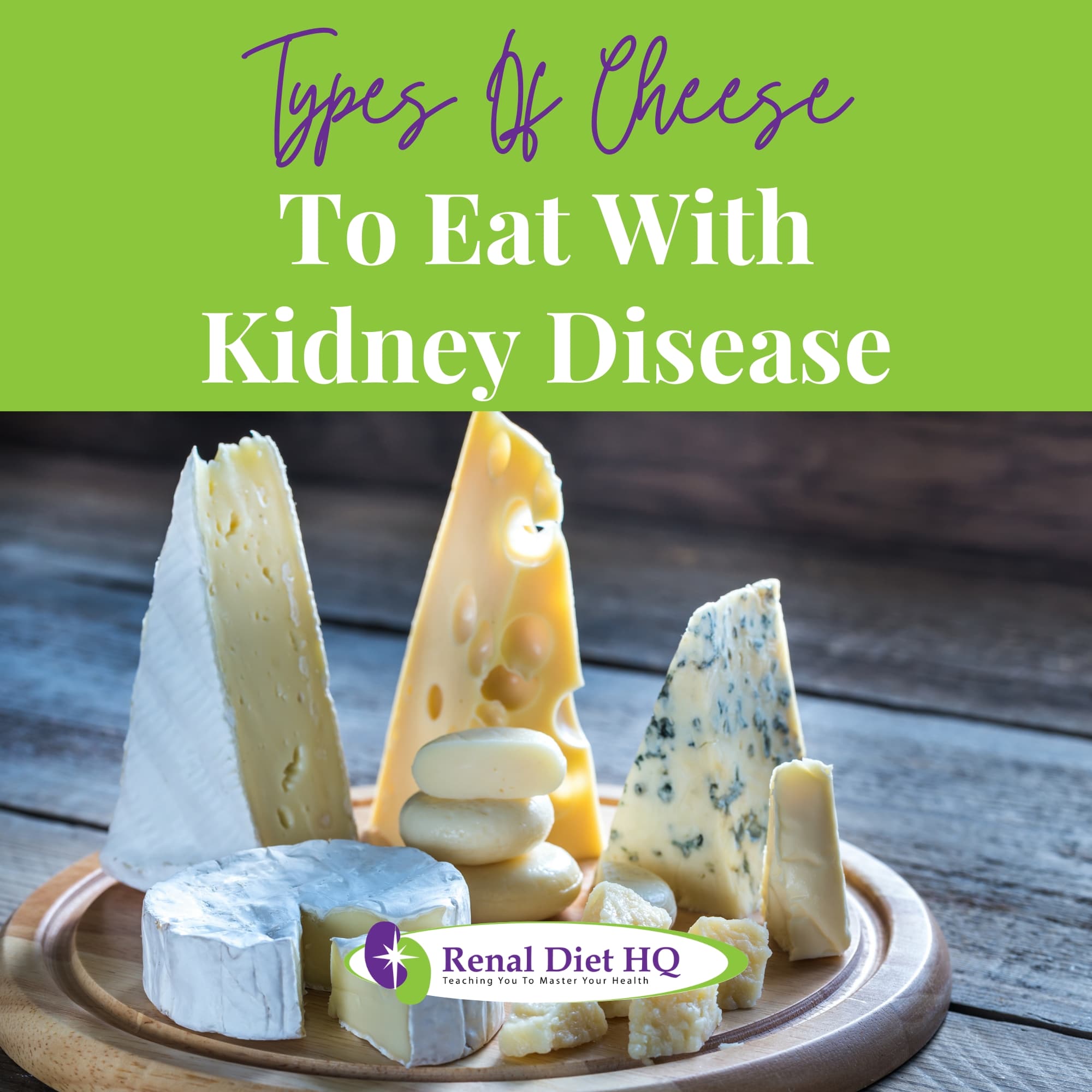
The Importance of Measuring Your Food Intake
Transitioning from customizing your diet plan, it's crucial to remember that managing kidney disease isn't just about what you eat, but also how much. Accuracy is key when dealing with dietary adjustments for Chronic Kidney Disease (CKD).
Now, let's dive into the importance of measuring your food intake.
Accurately measuring your portions helps maintain an appropriate protein intake. It's essential to focus on quality plant-based protein sources like tofu and lentils. By carefully monitoring your food intake, you can ensure calcium levels are balanced and phosphorus limits are adhered to.
Here is a simple guide:
- Invest in kitchen scales for precise measurement.
- Use visual cues like hand sizes or common objects.
- Keep a food diary to track daily intake.
Optimal fluid intake is also crucial for fluid balancing, which can help reduce swelling and prevent further damage to your kidneys.
Remember that serving others starts with serving yourself right first! By meticulously measuring your food intake and adjusting accordingly based on blood test results or symptoms observed, you're taking an active role in managing CKD effectively while maintaining optimal health conditions as best as possible without overburdening the kidneys unnecessarily.
Limiting Sodium in Your CKD Diet
Limiting the intake of sodium in your CKD diet is essential because high sodium intake can cause fluid retention, which can lead to high blood pressure, swelling, and shortness of breath. This can worsen kidney function and increase the risk of cardiovascular disease.
The recommended daily sodium intake for healthy people is less than 2,300 milligrams of sodium per day, which is equivalent to one teaspoon of salt. However, some people with hypertension or CKD may need to limit their sodium intake to less than 1,500 mg per day, depending on their individual health status.
Cheese is a high-sodium food that should be limited in a CKD diet.
When choosing cheese in a CKD diet, opt for low-sodium cheese options like fresh mozzarella or Swiss cheese instead of high-sodium cheese options like processed cheese or blue cheese. It's always important to check food labels because sodium content can vary widely across brands.
Frequently Asked Questions
When choosing cheese for your CKD meal plan, focus on the nutrition facts. Fermented cheeses like Swiss or cheddar can offer benefits, but remember to monitor serving sizes to avoid high sodium intake.
If you're lactose intolerant, opt for harder cheeses which contain less lactose.
Manage cheese cravings by limiting intake and choosing organically sourced options when possible.
Always consult with your dietitian to ensure it fits within your specific dietary needs.
Analyze sodium content, as some cheeses are high in salt, which isn't ideal for kidney health.
Mozzarella and Swiss cheese are lower in sodium compared to blue cheese and processed cheese.
Choose organic over processed cheese to avoid phosphorus additives.
However, every patient's needs vary, so consult your dietitian before making dietary changes.
High phosphate content in cheese can complicate your CKD nutrition. Your body struggles to get rid of excess phosphate effectively due to impaired kidney function, which may impact bone health.
On a renal diet, maintaining balance is crucial, so opt for low-phosphate cheeses to help regulate this.
Remember, every person's needs are unique—consult with your dietitian for personalized guidance on incorporating cheese into your kidney-friendly diet while prioritizing bone health and overall well-being.
Absolutely, plant-based alternatives like soy-based cheeses can be included in your kidney-friendly diet. However, always check their nutritional analysis as some may have high sodium or phosphorus content.
Regarding digestibility concerns, everyone's body reacts differently to substitutes, so monitor how you feel after consumption.
Consider allergy considerations too since many cheese substitutes are made from nuts or soy?
Remember to consult with a renal dietitian for personalized advice.
Incorporating cheese into a CKD-friendly meal plan involves careful planning.
Analyze the nutritional breakdown of your chosen cheese to ensure it aligns with your dietary needs.
Discover CKD-friendly recipes that pair cheese with other nutritious foods in moderation. Remember, even healthy foods can become less so when consumed in excess.
Always consult your dietitian or nephrologist before making significant changes to your diet.
Moderate Cheese Intake Is Possible While on a CKD Diet
If you love cheese, you can still enjoy it in moderation by knowing your options, and making careful choices. Choosing the right cheese matters. Opt for lower sodium options like Swiss or ricotta and avoid added phosphates. Read labels, keep track of totals, and take control of your diet and your renal disease one day at a time.
Don't forget to consult with a renal dietitian for a tailored diet plan. Also, consider incorporating more plant-based proteins into your meals.
Remember, monitoring your protein, sodium, potassium, and phosphorus intake can make a difference in slowing down disease progression. Stay proactive in your health management!






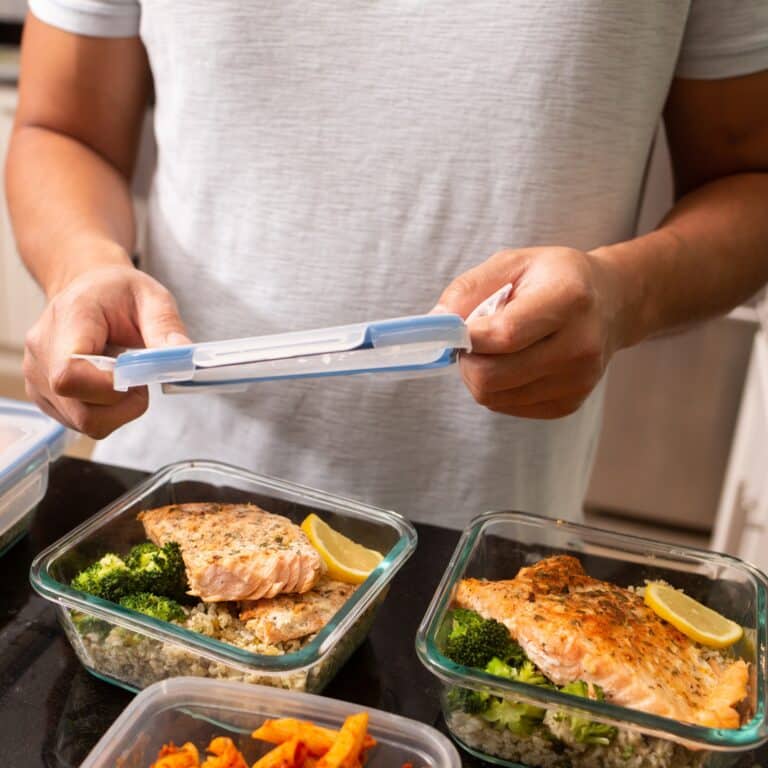

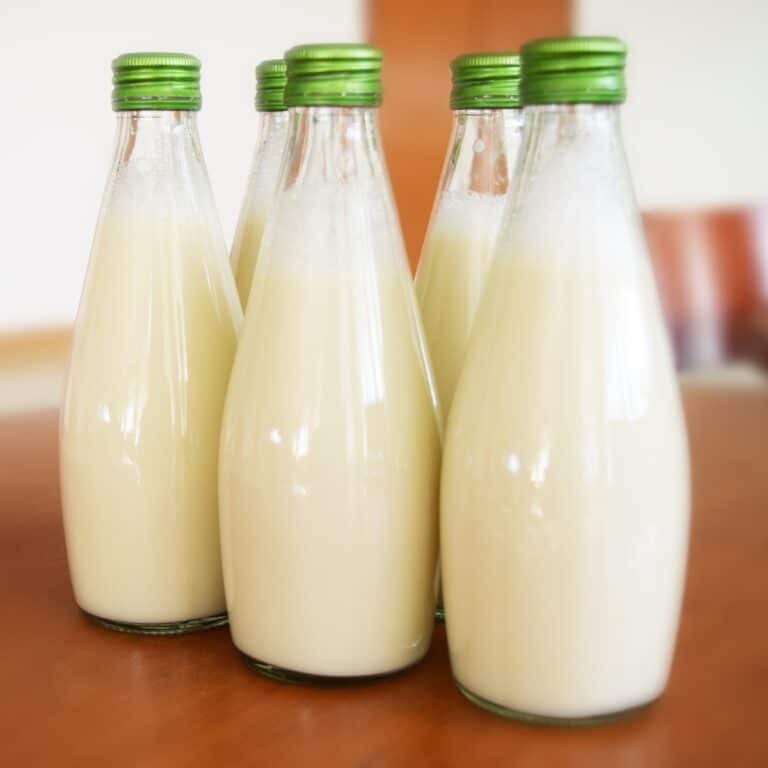
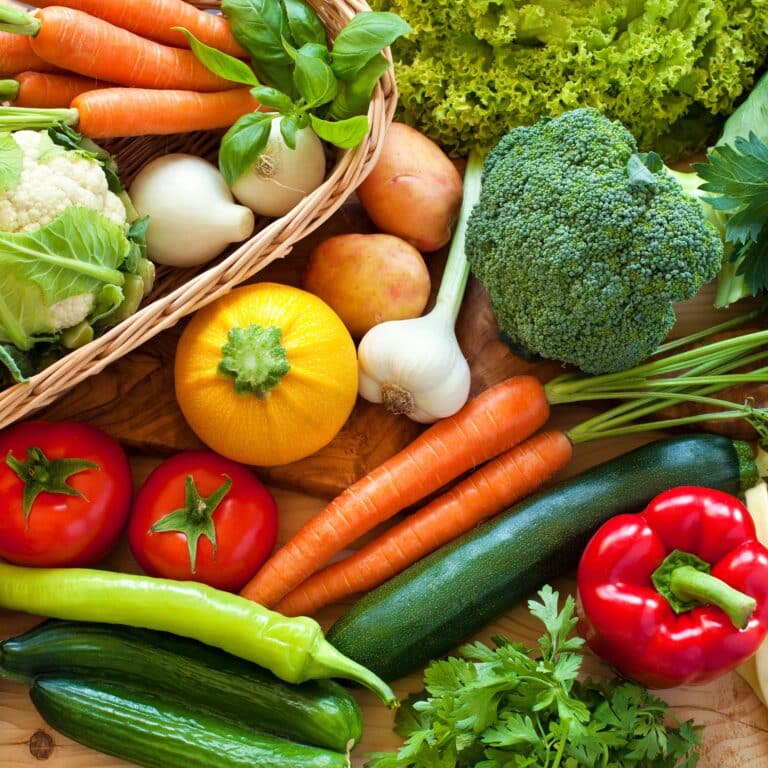



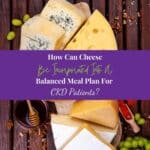

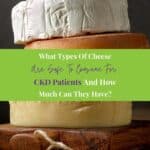
Hello and thanks. I don't drink milk, however I do use it in cereal. I have stage 3b and am worried about my kidneys. I am 79 years old, male. Sure would find a kidney Diet with alternates or a variety for all meals. I wonder if after a certain time I might get to eat a good homemade Hamburger.
Thanks for the information. My way of handling the dairy issue so far is mostly avoiding it. I do eat some types of cheese in a limited amount, but avoid the issue for the most part. Maybe this will lead to more variety in my daily diet.